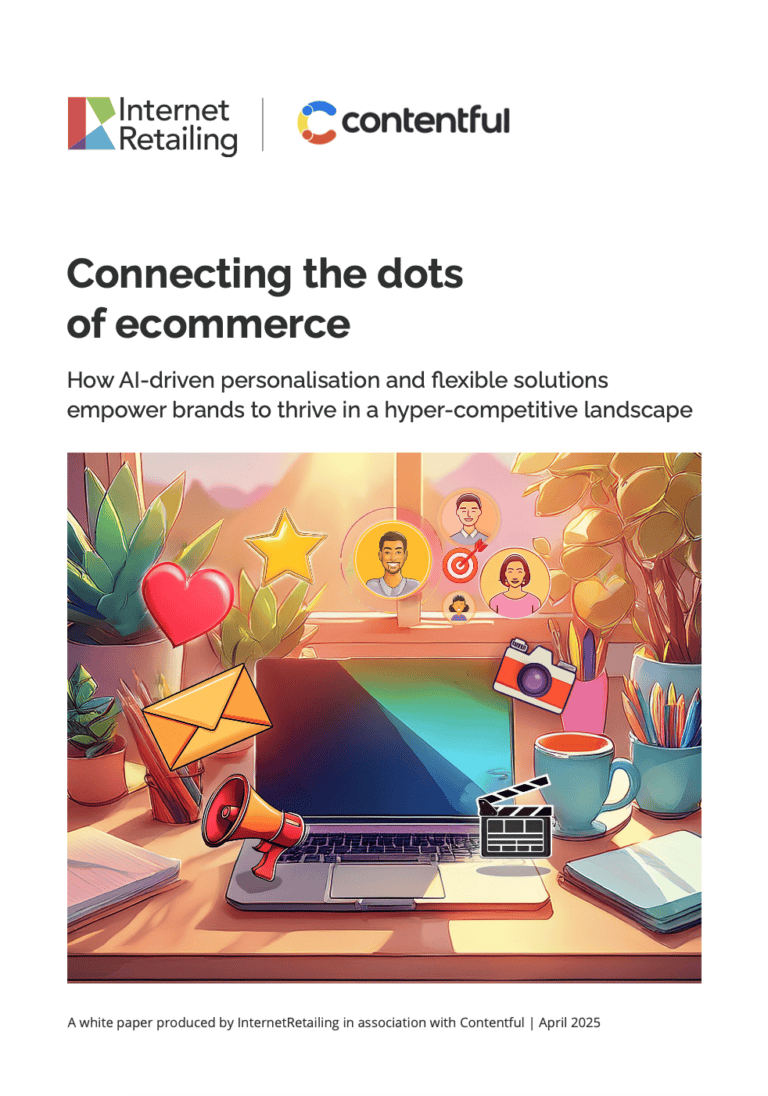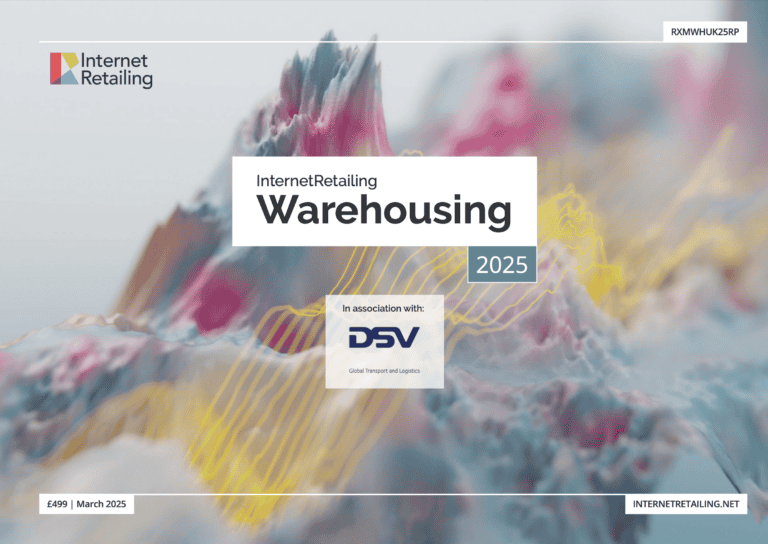The recent introduction of shoppable Instagram ads makes it easier for shoppers to buy via the social media platform, bringing social ever closer to retail. Commentators say the new functionality is a reflection of the way customers now shop, using the smartphones that are an ever-present part of their lives to browse, to engage, and to buy, while giving platforms new ways to generate revenue. The move, they say, presents new opportunities for both retailers and brands.
Wulfric Light-Wilkinson, chief commercial officer at Quill, said: “Social networks are constantly looking to further monetise their platforms by developing new functionality. For example, Instagram has recently launched shoppable posts; a natural extension of the platform’s shoppable video ads, launched earlier this year. This new feature enables brands to publish posts including visuals of their products, which reveal key product information when tapped – putting the consumer no more than two taps away from a purchase on the brand’s website. Considering Instagram’s clear focus on developing shoppable features, we’re likely to see social commerce becoming a higher priority for online retailers in the near-term, as well as creation of product content designed specifically for social media.”
Hugh Fletcher, global head of consultancy and innovation at Salmon , said the move was a “reaction to consumers’ ever-changing shopping traits which continue to shift to mobile and online”. “For brands,” he said, “it’s an opportunity to secure a larger slice of the competitive retail market. Mobile sales are now a significant source of growth and this will enable retailers to provide tailored deals directly to the shopper. It will also naturally influence the market during retail peaks, as consumers use social media to search for the latest trends and products. Our Black Friday research last year predicted that November would be the first £10 billion mobile month, but the figure may have been much higher if shoppers could purchase directly from social.”
Consider the logistics
But, said Fletcher, it’s important to work out the logistics that underpin social media shopping.
“Importantly, retailers mustn’t ignore the supply chain challenges as they link their offline, online and social channels together,” he said. “Back-end processes will have to be prepared for the increased level of purchases made via social media, and ensure that stock levels and estimated delivery times remain up-to-date. Without a fluid retail experience, shoppers will be left frustrated and may abandon a brand as a result. However, brands that can successfully build a robust, personal and immediate online service will be able to turn shoppers into long-term customers.”
Andy Burton, chief executive at integrated commerce solutions provider Tryzens says that the opportunities presented by social media have been underexploited by the retail sector in Europe to date. This new development, however, offers a golden opportunity for retailers to reach a larger share of the market and increase customer loyalty.
“This is great news for anyone trying to reach the market effectively through a channel they are already familiar with, and is arguably something that is long overdue,” said Burton. “Instagram is already used to great effect by retailers and brands looking to communicate with and engage with consumers, but the challenge is that it can be difficult to tempt Instagram’s users off the site and therefore convert ‘likes’ into sales. The introduction of ‘shoppable’ tags solves this issue by removing friction from transactions. This could provide an important tool in the kit-bag of retailers looking to extend market reach, build awareness in the market and simplify conversion for consumers who are face so much choice online.
“Our research suggests that 85% of millennials reach for their smartphones first when making purchases via the internet, and with 500m people using Instagram each day, the market potential for retailers to capitalise on this move is huge,” said Burton. “By working with Instagram, retailers will be able to reach the largest possible audience, who can purchase an item in a matter of seconds due to advancements in simplified payments on websites from the likes of Apple Pay, Android Pay, and PayPal.”
From marketing to shopping channel
When looking to the future, says Tryzens, retailers should consider the potential strain on their marketing stack a large volume of Instagram visits/purchases can have. As more celebrities and influencers start featuring products, a curated Instagram feed is set to become an essential ‘converting’ marketing channel. In the fast-paced world of social media, where a post’s lifespan can only be a few hours long, being agile enough to monetise on the value of a post is key. There are a number of specialist content third parties that allow online retailers to elevate Instagram posts by making them part of their live site imminently, thus further taking advantage of the buyable post feature.
Solution providers such as Amplience, with its UGC (User Generated Content) Module product offering, allow retailers to import content from Instagram and quickly roll it out to the live site. UGC modules, paired with buyable posts and the proportion of mobile device visitors has the potential to drive an increase in mobile conversion, where many retailers have found themselves struggling.
Burton said: “There is logical excitement around Instagram’s ’shoppable’ content and I am sure we will see further advances in the market as whole as additional ways to connect user and brand generated content with an intuitive, immersive and efficient shopping experience come to the fore. Making the social commerce experience as easy and seamless as possible is critical to increasing conversions. However, retailers need to ensure that their support systems and back end operations are fit for the social media revolution – by which I mean being able to respond to enquiries in near real time, engage with consumers in the right tone of voice, and, able ensure orders are fulfilled effectively requiring a single view of customer, single view of stock and single view of inventory to be truly agile.”









